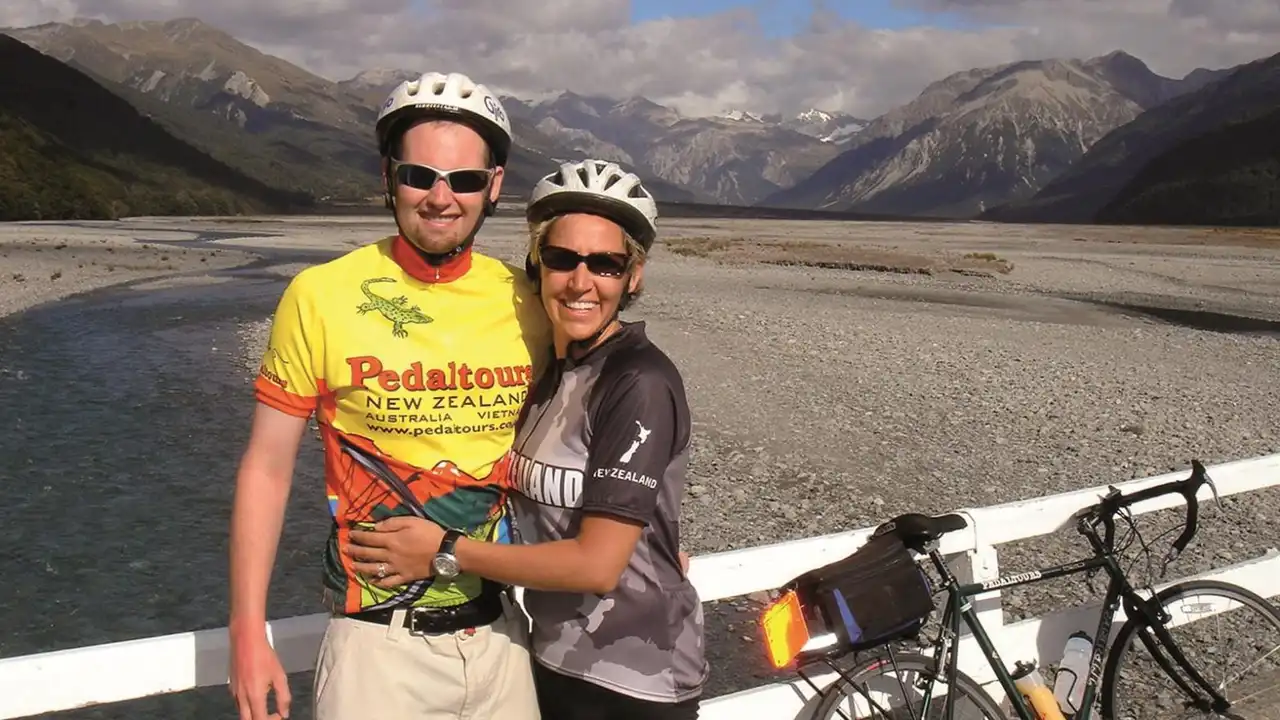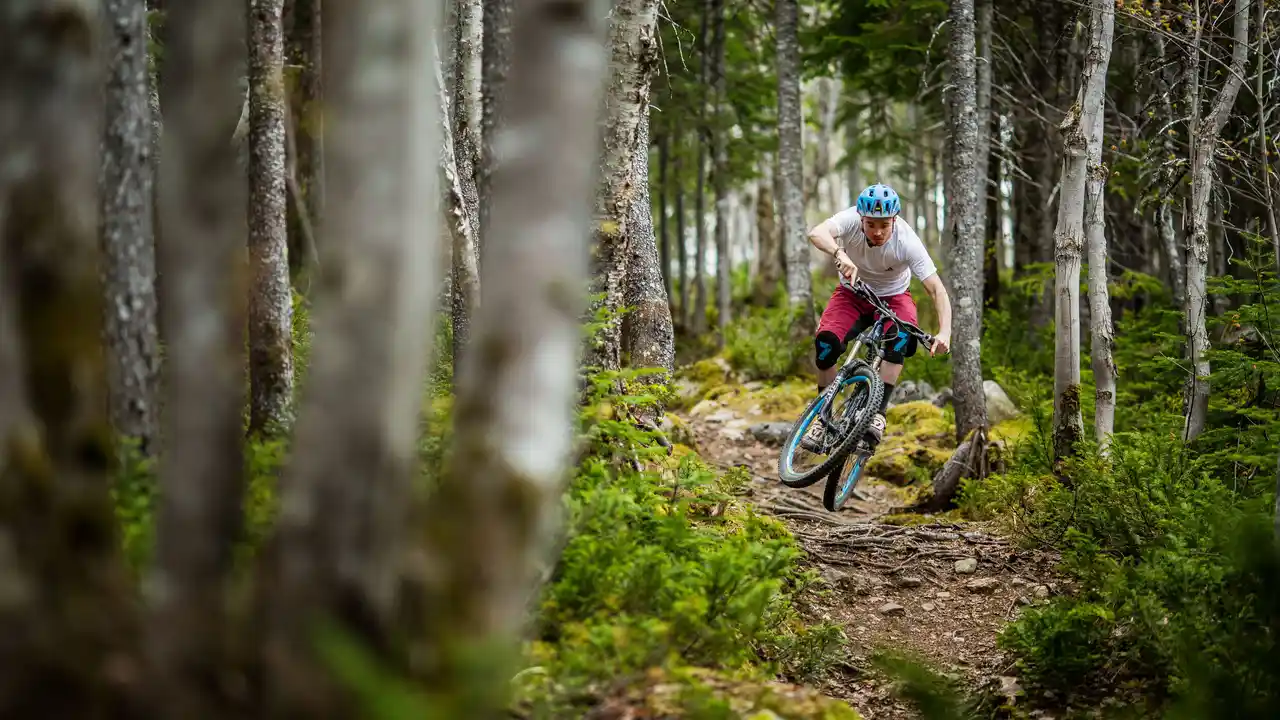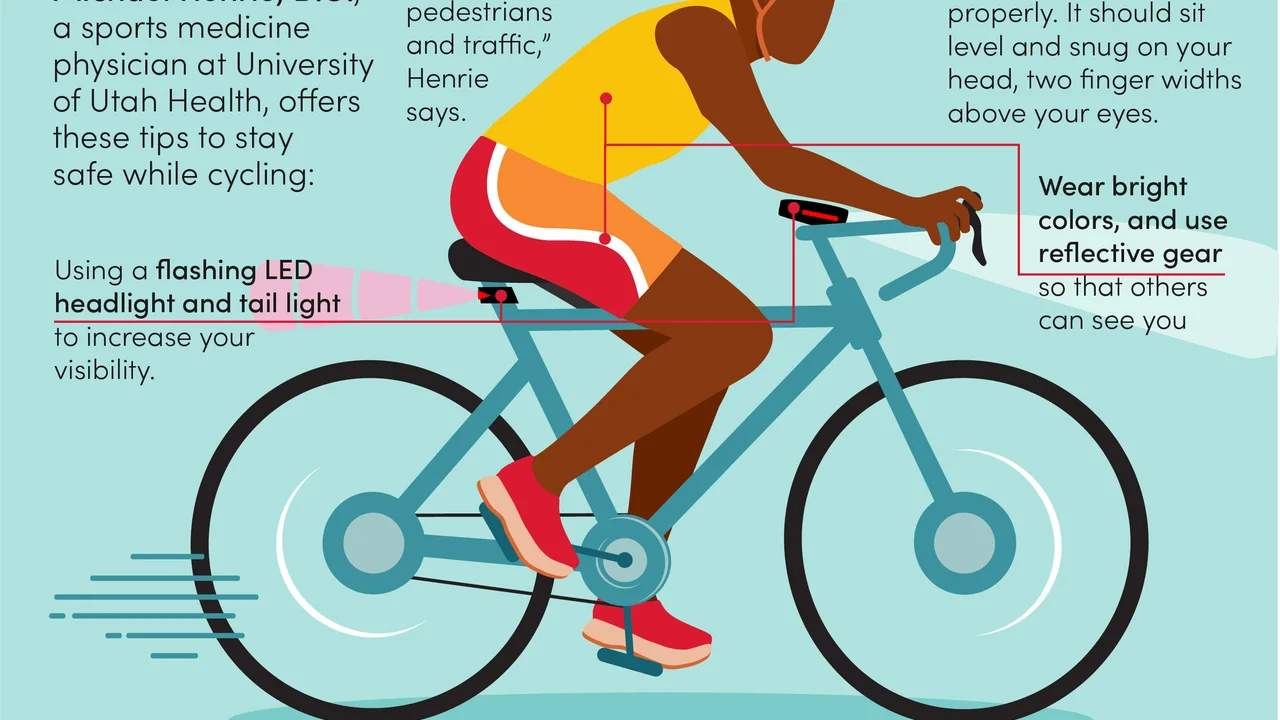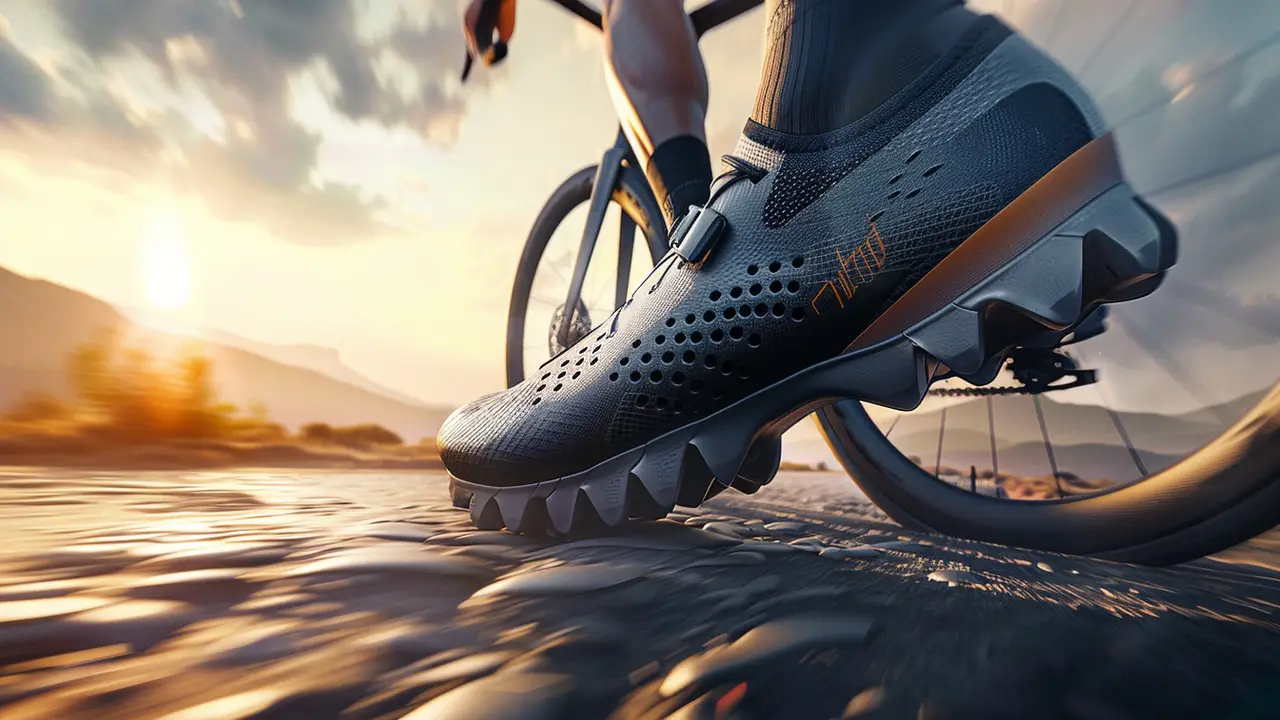5 Best Cycling Routes in National Parks on the West Coast
The West Coast is a cyclist's paradise, boasting stunning national parks and incredible routes. From challenging climbs to scenic coastal cruises, there's something for every rider. This guide highlights five of the best cycling routes in West Coast national parks, offering breathtaking views and unforgettable experiences. Get ready to explore the open road and discover the natural beauty of the American West.
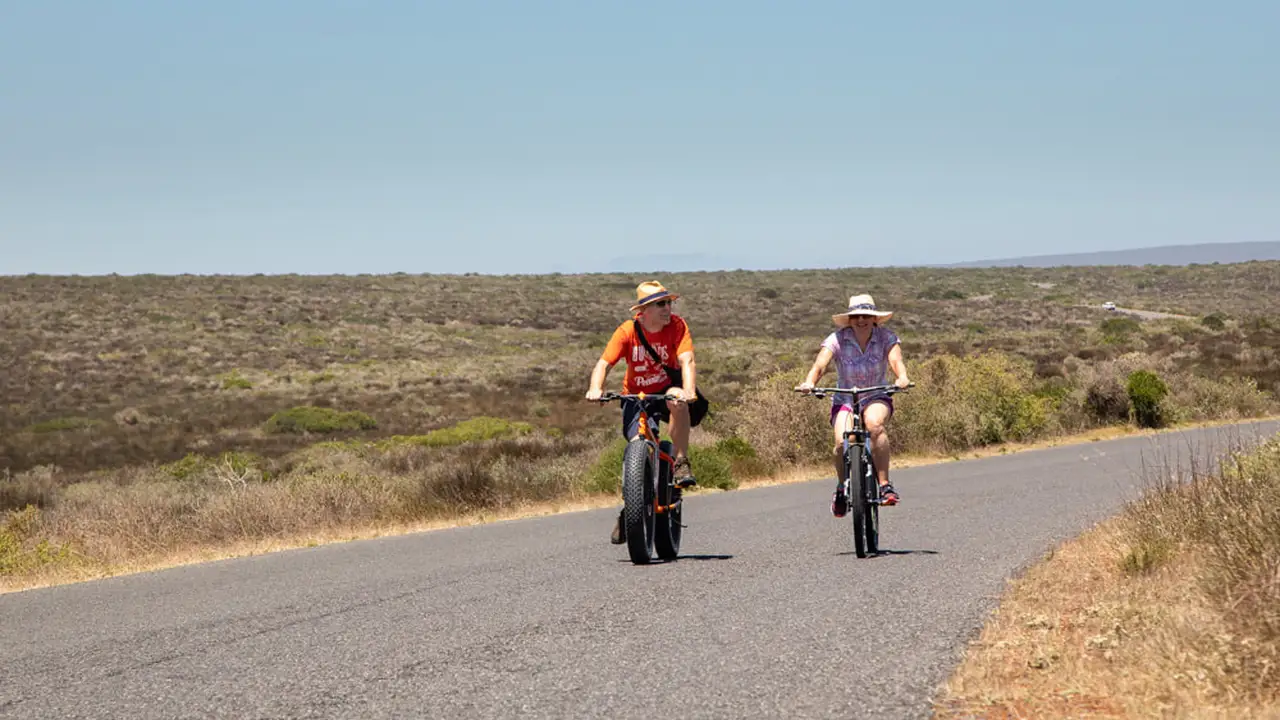
So, you're itching for a cycling adventure on the West Coast? Smart move! The national parks here are packed with incredible routes, offering everything from challenging climbs to stunning coastal views. Let's dive into five of the best, with tips on gear, prices, and what makes each ride special. Get ready to explore!
Zion National Park Scenic Drive: A Cyclist's Dream (Utah Cycling Routes, National Park Road Biking)
Zion National Park in Utah is a true gem. The main road, the Zion Canyon Scenic Drive, is closed to private vehicles for most of the year, making it a cyclist's paradise. Imagine riding through towering sandstone cliffs, with the Virgin River flowing alongside you. It's a fairly flat ride, perfect for all skill levels.
The Ride: The Scenic Drive is about 12 miles roundtrip from the visitor center. You can easily spend a whole day exploring, stopping for hikes and soaking in the scenery. There are shuttle stops along the way, so you can hop on if you get tired or want to shorten your ride.
Gear Recommendations:
- Bike: A hybrid bike or a comfortable road bike is ideal. The pavement is smooth, so you don't need a mountain bike. Consider renting an e-bike if you want an extra boost on the gentle inclines.
- Helmet: Absolutely essential.
- Water: Bring plenty! Utah can get hot, especially in the summer. A hydration pack is a great option.
- Sunscreen: The sun is intense. Protect your skin.
- Snacks: Pack energy bars, fruit, or trail mix to keep you going.
Product Comparisons & Prices:
- Helmet: Giro Syntax MIPS ($120) vs. Bell Formula MIPS ($90). The Giro offers slightly better ventilation and comfort, while the Bell is a great budget-friendly option.
- Hydration Pack: CamelBak Mule ($120) vs. Osprey Talon 6 ($90). The CamelBak has a larger water capacity and more storage, while the Osprey is lighter and more streamlined.
- E-bike Rental: Expect to pay around $60-$80 per day for an e-bike rental in Springdale, the town just outside Zion.
Why it's special: The sheer scale of the canyon walls and the peacefulness of the car-free road make this ride unforgettable. It's a great option for families and cyclists of all abilities.
Crater Lake National Park Rim Drive: A Challenging Climb with Unbeatable Views (Oregon Cycling, Mountain Climbing, Scenic Cycling Routes)
Crater Lake National Park in Oregon is home to the deepest lake in the United States, and the Rim Drive offers some of the most spectacular views you'll ever see from a bike. But be warned, this ride is not for the faint of heart! It's a challenging climb with significant elevation gain.
The Ride: The full Rim Drive is about 33 miles long and circles the entire lake. It's a strenuous ride with steep climbs and descents. You'll be rewarded with breathtaking views of the crystal-blue lake and the surrounding Cascade Mountains.
Gear Recommendations:
- Bike: A road bike with low gears is recommended. You'll need to be able to handle steep climbs.
- Helmet: Mandatory.
- Water: Absolutely essential. Bring more than you think you'll need.
- Layers: The weather at Crater Lake can change quickly. Be prepared for wind, rain, and sunshine.
- Repair Kit: A flat tire on the Rim Drive can be a long walk.
Product Comparisons & Prices:
- Road Bike: Trek Domane SL 5 ($3,000) vs. Specialized Roubaix Comp ($3,200). Both are excellent endurance road bikes, but the Specialized has slightly more compliance for a smoother ride.
- Cycling Jersey: Castelli Entrata V Jersey ($80) vs. Pearl Izumi Attack Jersey ($70). The Castelli offers superior breathability, while the Pearl Izumi is a great value option.
- Bike Repair Kit: Park Tool AK-40 Advanced Mechanic Toolkit ($300) vs. Topeak PrepStation Pro ($600). For serious cyclists, the Topeak offers a comprehensive set of tools. The Park Tool is great for regular maintenance.
Why it's special: The views are simply stunning. Riding along the rim of Crater Lake is an experience you won't soon forget. The challenge of the climb makes the reward even sweeter.
Olympic National Park: Exploring Diverse Ecosystems (Washington State Cycling, Coastal Cycling, Rainforest Cycling)
Olympic National Park in Washington State is a unique and diverse park, offering everything from rugged coastline to lush rainforest to snow-capped mountains. There are several great cycling options within the park, depending on your interests and abilities.
The Ride Options:
- Spruce Railroad Trail: A relatively flat, gravel trail along Lake Crescent. Perfect for families and casual cyclists.
- Hurricane Ridge Road: A challenging climb to Hurricane Ridge, offering stunning views of the Olympic Mountains.
- Coastal Routes: Explore the coastal areas of the park on paved roads, enjoying views of the Pacific Ocean.
Gear Recommendations:
- Bike: For the Spruce Railroad Trail, a hybrid or mountain bike is ideal. For Hurricane Ridge Road, a road bike with low gears is recommended. For coastal routes, a comfortable road bike or touring bike is a good choice.
- Helmet: Always wear a helmet.
- Rain Gear: This is Washington State, after all! Be prepared for rain.
- Layers: The weather can be unpredictable.
- Bear Spray: Especially if you're cycling in the rainforest.
Product Comparisons & Prices:
- Hybrid Bike: Trek FX 2 Disc ($700) vs. Giant Escape 2 Disc ($650). Both are excellent hybrid bikes, but the Trek offers slightly better components.
- Rain Jacket: Arc'teryx Beta AR Jacket ($600) vs. Outdoor Research Helium Rain Jacket ($170). The Arc'teryx is a premium jacket with superior waterproofing and breathability, while the Outdoor Research is a lightweight and packable option.
- Bike Rack: Thule T2 Pro XTR ($850) vs. Yakima Dr. Tray ($750). Both are excellent platform hitch racks, but the Thule offers more features and a higher weight capacity.
Why it's special: The diversity of landscapes in Olympic National Park is truly remarkable. You can cycle through rainforests, along the coast, and up into the mountains all in one park.
Sequoia and Kings Canyon National Parks: Giant Trees and Majestic Mountains (California Cycling, Mountain Cycling, High Altitude Cycling)
Sequoia and Kings Canyon National Parks in California are home to the largest trees on Earth and some of the most dramatic mountain scenery in the Sierra Nevada. Cycling here is a challenging but rewarding experience.
The Ride Options:
- Generals Highway: Connects Sequoia and Kings Canyon National Parks. A scenic but challenging road with significant elevation gain.
- Grant Grove Loop: A shorter, relatively flat loop through Grant Grove, home to the General Grant Tree.
- Various Side Roads: Explore the park on the many side roads, but be prepared for steep climbs.
Gear Recommendations:
- Bike: A road bike with low gears is recommended for the Generals Highway. A hybrid or mountain bike is suitable for the Grant Grove Loop and side roads.
- Helmet: Always.
- Water: Essential, especially at high altitude.
- Sunscreen: The sun is strong at high altitude.
- Bear Canister: Required for backcountry camping.
Product Comparisons & Prices:
- Road Bike (Climbing Focus): Cannondale SuperSix Evo ($3,500) vs. BMC Teammachine SLR01 ($4,000). Both are lightweight and responsive climbing bikes, but the BMC offers slightly better aerodynamics.
- Cycling Computer: Garmin Edge 830 ($400) vs. Wahoo ELEMNT Roam ($380). The Garmin offers more features and customization, while the Wahoo is known for its ease of use.
- Portable Bike Pump: Lezyne Micro Floor Drive HP ($70) vs. Topeak Road Morph G Mini Pump ($50). Lezyne offers great quality, while Topeak offers great value.
Why it's special: Cycling among the giant sequoia trees is an awe-inspiring experience. The views of the Sierra Nevada mountains are equally impressive.
Channel Islands National Park: Island Hopping by Bike (California Island Cycling, Coastal Views, Unique Wildlife)
Channel Islands National Park, off the coast of Southern California, offers a unique cycling experience. Each of the five islands has its own distinct character, and cycling is a great way to explore them.
The Ride Options:
- Santa Cruz Island: The largest island, with several dirt roads and trails suitable for mountain biking.
- Santa Rosa Island: Offers stunning coastal views and opportunities to see wildlife.
- Anacapa Island: A small island with a paved road leading to a lighthouse.
Gear Recommendations:
- Bike: A mountain bike is recommended for Santa Cruz Island. A hybrid or touring bike is suitable for Santa Rosa and Anacapa Islands.
- Helmet: Of course.
- Water: Bring plenty of water, as there are limited water sources on the islands.
- Sunscreen: The sun can be intense.
- Binoculars: For wildlife viewing.
Product Comparisons & Prices:
- Mountain Bike (Full Suspension): Specialized Stumpjumper Comp Alloy ($3,000) vs. Trek Fuel EX 7 ($3,200). Both are excellent trail bikes, but the Specialized offers slightly better components for the price.
- Cycling Sunglasses: Oakley Jawbreaker ($220) vs. Smith Attack MAG ($200). Both offer excellent protection and clarity, but the Oakley has a wider field of view.
- Water Filter: Sawyer Squeeze Water Filter System ($40) vs. LifeStraw Personal Water Filter ($20). Sawyer offers a higher flow rate, while LifeStraw is a more compact option.
Why it's special: The Channel Islands offer a unique and secluded cycling experience. You'll have the opportunity to see rare wildlife and enjoy stunning coastal views.
So there you have it! Five incredible cycling routes in West Coast national parks. Remember to always check the park's website for the latest conditions and regulations before you go. Happy riding!
:max_bytes(150000):strip_icc()/277019-baked-pork-chops-with-cream-of-mushroom-soup-DDMFS-beauty-4x3-BG-7505-5762b731cf30447d9cbbbbbf387beafa.jpg)



